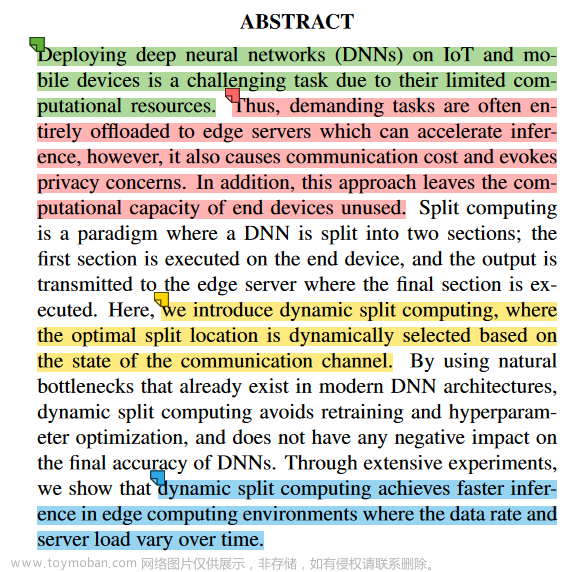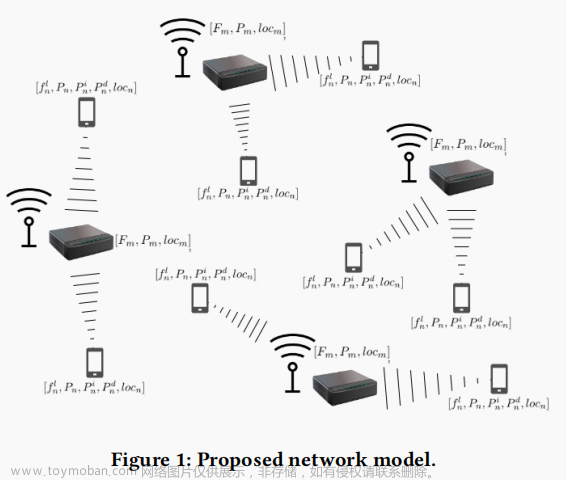The passage discusses the challenges faced by users in multiuser Virtual Reality (VR) streaming systems due to low Signal-to-Interference-plus-Noise Ratio (SINR) and proposes the use of Intelligent Reflecting Surfaces (IRS) to address this issue. Here are the key points:
-
Low SINR Challenges: In multiuser VR streaming systems, certain users may experience a low SINR due to their location relative to the base station. This low SINR can result from factors such as a large path loss, weak channel gain, or interference from nearby users.
-
Impact on Rate Splitting (RS) Systems: A low SINR can significantly degrade the performance of Rate Splitting (RS) systems. RS systems rely on transmitting a common message to exploit shared interests among users. However, the transmission rate of the common message is limited by the user with the minimum SINR. This means that if one user has a low SINR, the amount of data that can be transmitted via the common message is restricted, which, in turn, limits the multiplexing gain achievable through RS.
-
Proposed Solution: Intelligent Reflecting Surface (IRS): To address this issue, the proposed solution is to deploy an Intelligent Reflecting Surface (IRS). An IRS is a surface equipped with reconfigurable reflecting elements that can manipulate and enhance wireless signals. By using IRS, it’s possible to increase the minimum SINR experienced by users, even those located far from the base station or in interference-prone areas.
-
Improving RS System Performance: The deployment of IRS is expected to improve the performance of the RS system. By enhancing the SINR for all users, the RS system can transmit more data via the common message, thereby increasing the multiplexing gain and, subsequently, the overall performance of the system.文章来源:https://www.toymoban.com/news/detail-713428.html
In essence, the proposal to deploy Intelligent Reflecting Surfaces (IRS) in multiuser VR streaming systems aims to mitigate the challenges associated with low SINR by improving the wireless environment for all users. This improvement can lead to a more effective use of Rate Splitting (RS) techniques and enhance the overall quality of the VR streaming experience, particularly for users who may face challenging signal conditions.文章来源地址https://www.toymoban.com/news/detail-713428.html
到了这里,关于2.Intelligent Reflecting Surfaces (IRS)的文章就介绍完了。如果您还想了解更多内容,请在右上角搜索TOY模板网以前的文章或继续浏览下面的相关文章,希望大家以后多多支持TOY模板网!











